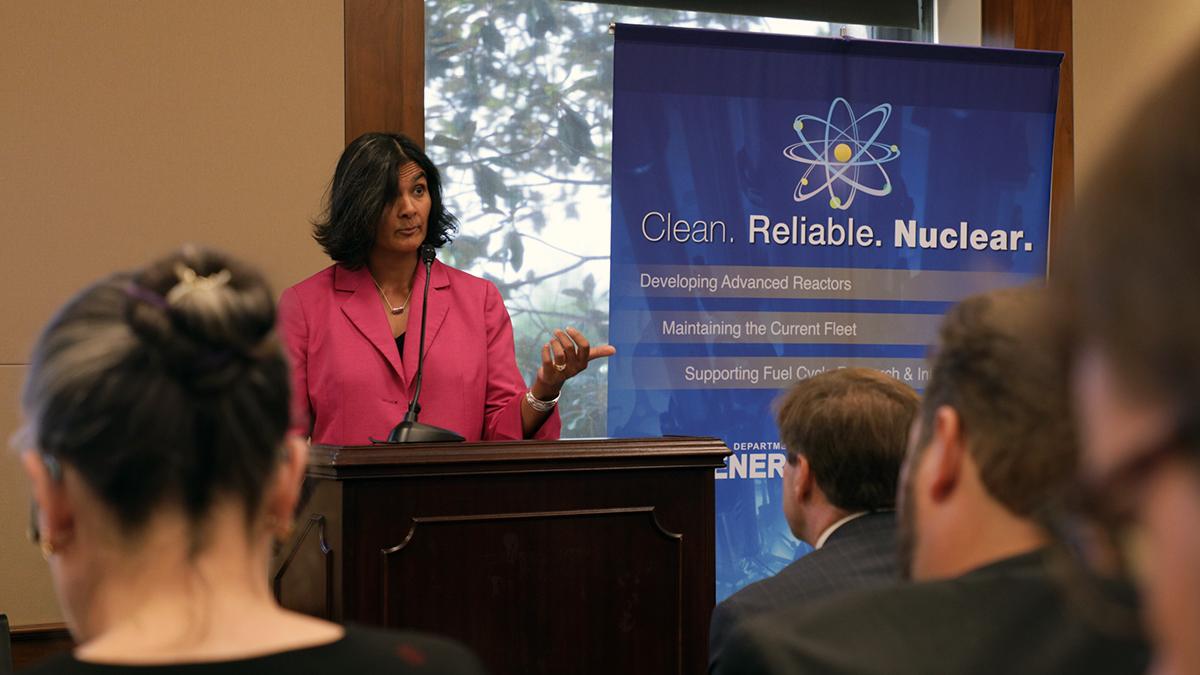
RadWaste Monitor Vol. 12 No. 29
Visit Archives | Return to Issue PDF
Visit Archives | Return to Issue PDF
RadWaste & Materials Monitor
Article 1 of 9
July 19, 2019
New DOE Nuclear Energy Chief Suggests Rethinking Spent Fuel Reprocessing

WASHINGTON, D.C. – New Assistant Energy Secretary for Nuclear Energy Rita Baranwal said Tuesday she hopes to consider whether reviving long-dormant U.S. recycling of spent nuclear fuel could provide a feasible alternative to the federal government’s current…
Partner Content
Jobs